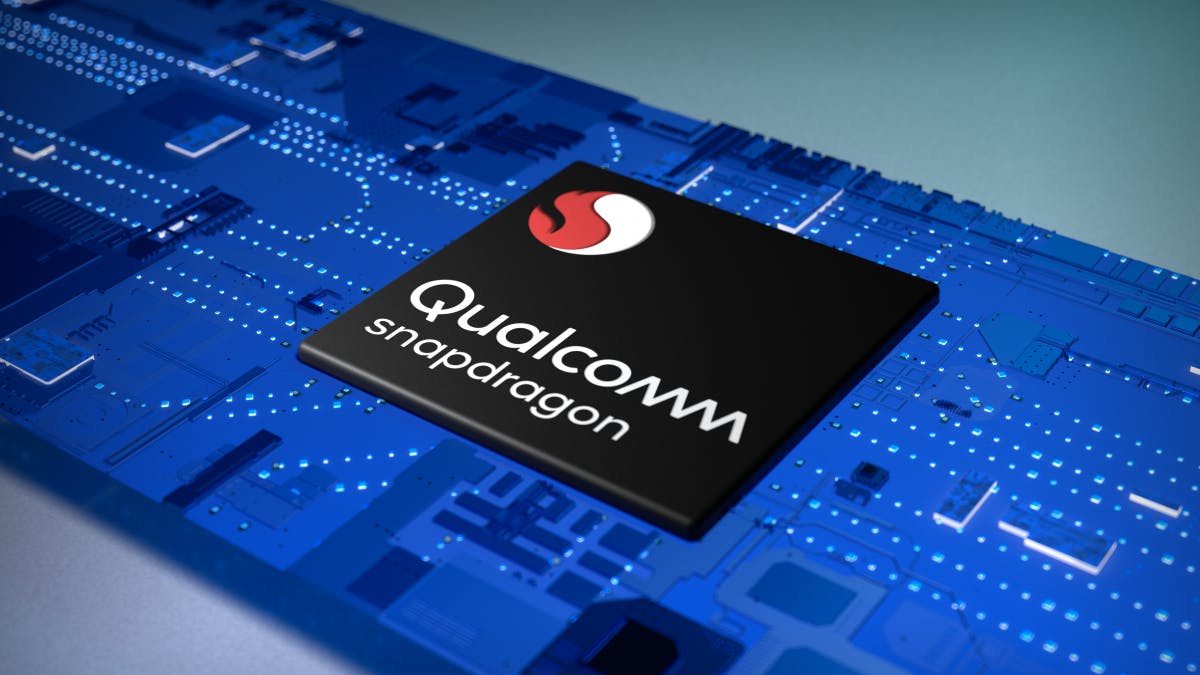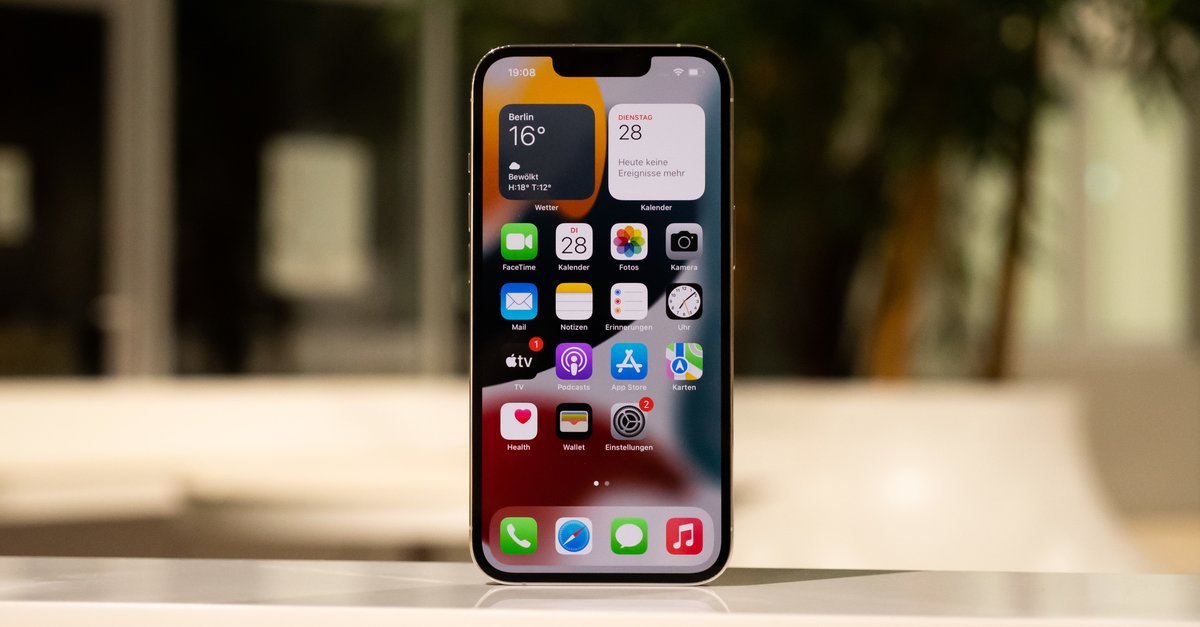Qualcomm introduces new laptop processor for Chromebooks and Windows 10
Qualcomm aims at laptops in the lower performance segment and wants to assert itself against the Pentium processors that are common in this area. The new Snapdragon 7c also offers smartphone features for notebooks.
The second generation of the Snapdragon 7c from Qualcomm is supposed to power notebooks with Windows 10 and Chromebooks. The processor wants to equip entry-level Windows PCs and Chromebooks with integrated LTE, long battery life and camera and audio upgrades.
Contents
Qualcomm targets the entry-level segment
Qualcomm wants to roll up the market from below with its PC processors. At least that’s how the head of the PC chip division, Miguel Nunes, sees it. On the occasion of the presentation of the new processor on Monday, he explained that his company initially wanted to offer an alternative for PCs in the entry-level segment. From there, more and more features and performance are to be saddled up until Qualcomm can one day make an appropriate offer for the premium class.
These are the target groups of the Snapdragon 7c Gen 2. (Source: Qualcomm)
This down-to-earth approach makes sense. After all, Qualcomm only launched its PC processor program at the end of 2019. Expectations that Qualcomm would be able to compete with Apple’s M1, Intel or AMD from the start would be completely unrealistic.
“If you look at the PC market, it is a market with functions only for premium systems. We’re bringing premium features to new, lower price points, ”announced Nunes.
SDK for Windows 10 developers is coming this summer
In addition, Qualcomm will bring the “Snapdragon Developer Kit for Windows 10” onto the market. This should give developers the opportunity to optimize their applications for the platform. The developer kit should be available in the summer from the Microsoft Store.

This is Qualcomm’s developer unit for Windows 10 developers. (Image: Qualcomm)
The first devices from the established Qualcomm partner Lenovo, which are based on the Snapdragon 7c Gen 2, will hit the market this summer. One advantage of the Qualcomm PC solution is that it emerged from smartphone development. This means that it can easily deliver currently desired features without great effort in the design.
Qualcomm solution is conceptually “always connected”
After all, there is also a trend towards more smartphone functionality in laptops. Qualcomm-powered laptops can always be switched on and connected, similar to a smartphone. The Snapdragon 7c Gen 2 can even switch automatically between trustworthy WLAN and cellular networks. Qualcomm’s “Always Connected” includes LTE connectivity and location determination via GPS.
The constant network connection allows IT admins in companies to manage devices more easily – for example, to import updates or play backups. The new Snapdragon also supports Windows 10 hypervisors and Microsofts Secured core PCs.
For the new working world, in which home office and office presence are used equally, the Qualcomm solution offers more than 19 hours of battery life in continuous operation, but also an AI engine that can be used by voice. Video conferences can be conducted with virtual surround sound with echo and noise suppression and a 32 megapixel camera.
Microsoft and Zoom optimize software for Snapdragon
What will help Qualcomm to position its platform as an alternative to Intel and AMD is the promised support of critically important software manufacturers. For example, Microsoft will adapt the Edge browser, its collaboration tool Teams and, above all, the Visual Studio Code developer environment for Snapdragon. Zoom has promised the same. The video conferencing market leader will also optimize its software for the Snapdragon platform and promises conference times of up to seven hours – purely on a battery basis.
These are all very solid arguments in favor of Qualcomm’s Snapdragon platform. It will now be important whether developers can warm up to the system and adapt their software as well. Customers should be able to convince relatively quickly with the incentive of a price in the entry-level area – if the offer is comprehensive.



